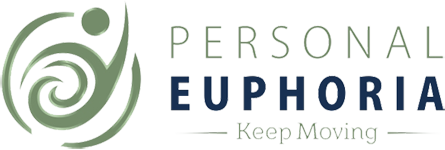 There are so many people who have written about this muscle better than I can, so think of this post as trying to entice you to read more…
There are so many people who have written about this muscle better than I can, so think of this post as trying to entice you to read more…
The “p” is silent and you pronounce this very fascinating muscle so-as. So, as in, so what? Well here is what makes the psoas so interesting and why you should know about it.
A few months ago I went to a workshop lead by Liz Koch who has devoted her life to the psoas muscle. One of her most interesting descriptions of the psoas was that it is the filet mignon muscle. She said that chefs will tell you it looks and tastes different and that is has a different color than any other muscle in the body. She claims that in most people’s body, the psoas looks less like filet mignon and more like beef jerky.
I don’t know whether or not that is true, but the visual is pretty poignant. If you went to a nice restaurant and ordered filet mignon and got beef jerky, you’d be rightfully upset. This problem with most of our psoas muscles is that we live in a world that strains the psoas. We sit a lot, keeping the psoas short and often tight (but not necessarily strong).
So where is the psoas?
We have one on each side of the body. It connects to the inner thigh on the femur and runs over the pelvis and then through the pelvis to attach in multiple places along the spine. It is the only muscle that crosses through the midsection and contacts to the front of the body and the back of the body, which makes it very unique.
It is the muscle most vital to walking. We often thing of our legs just moving us forward, but there are actually muscles in our body doing all the work. The movement starts in the psoas, which means when you walk the movement should first come from your spine as high as where your lowest ribs connect.
If the psoas is too short (tight) it can put pressure on the hip socket and restrict range of motion. It can also pull on the low back.
Plus since it cuts through the body it is intertwined with our internal organs and diaphragm. Our psoas can actually play a role in breathing. While it’s not connected to the ribs, tendons and ligaments from the diaphragm attach alongside the psoas and even wrap around it. Plus nerves that connect to the QL (a muscle in the low back) tend to activate the QL and the psoas together. The QL is supposed to help in breathing so there is another connection there.
Here is a muscle that you likely have never heard of before and yet it is probably most vital to our upright posture.
